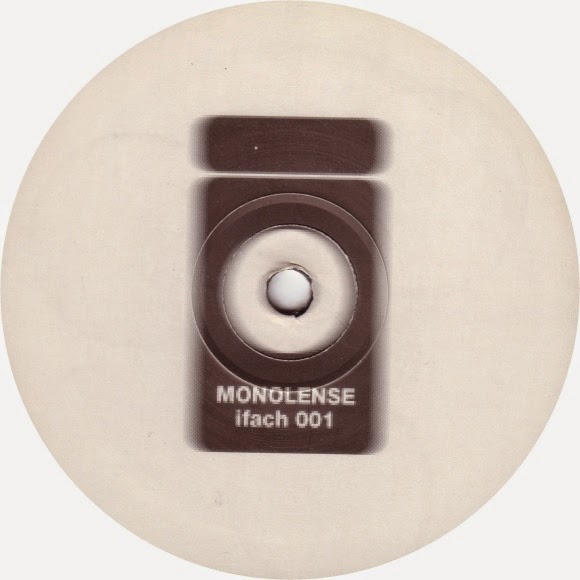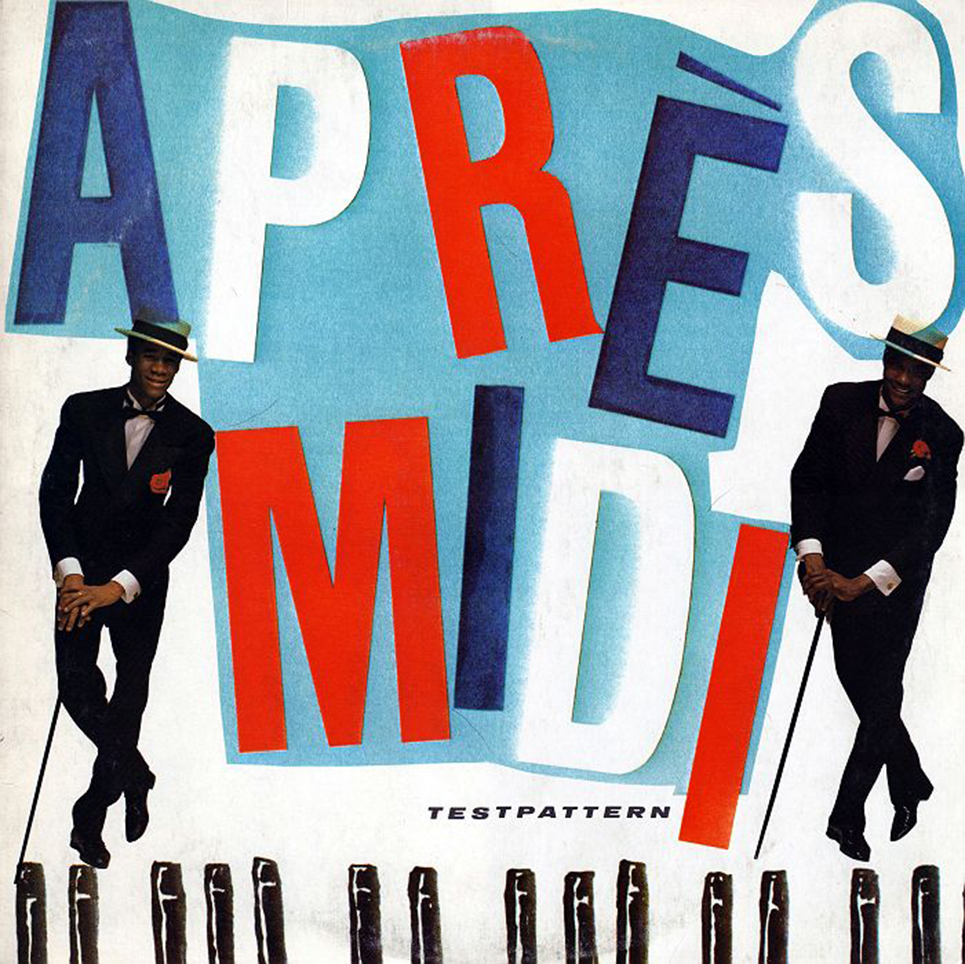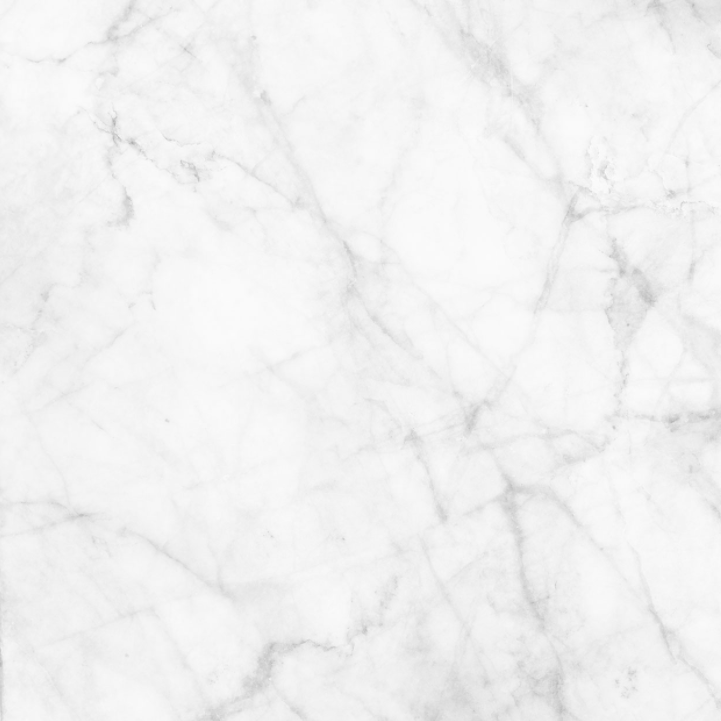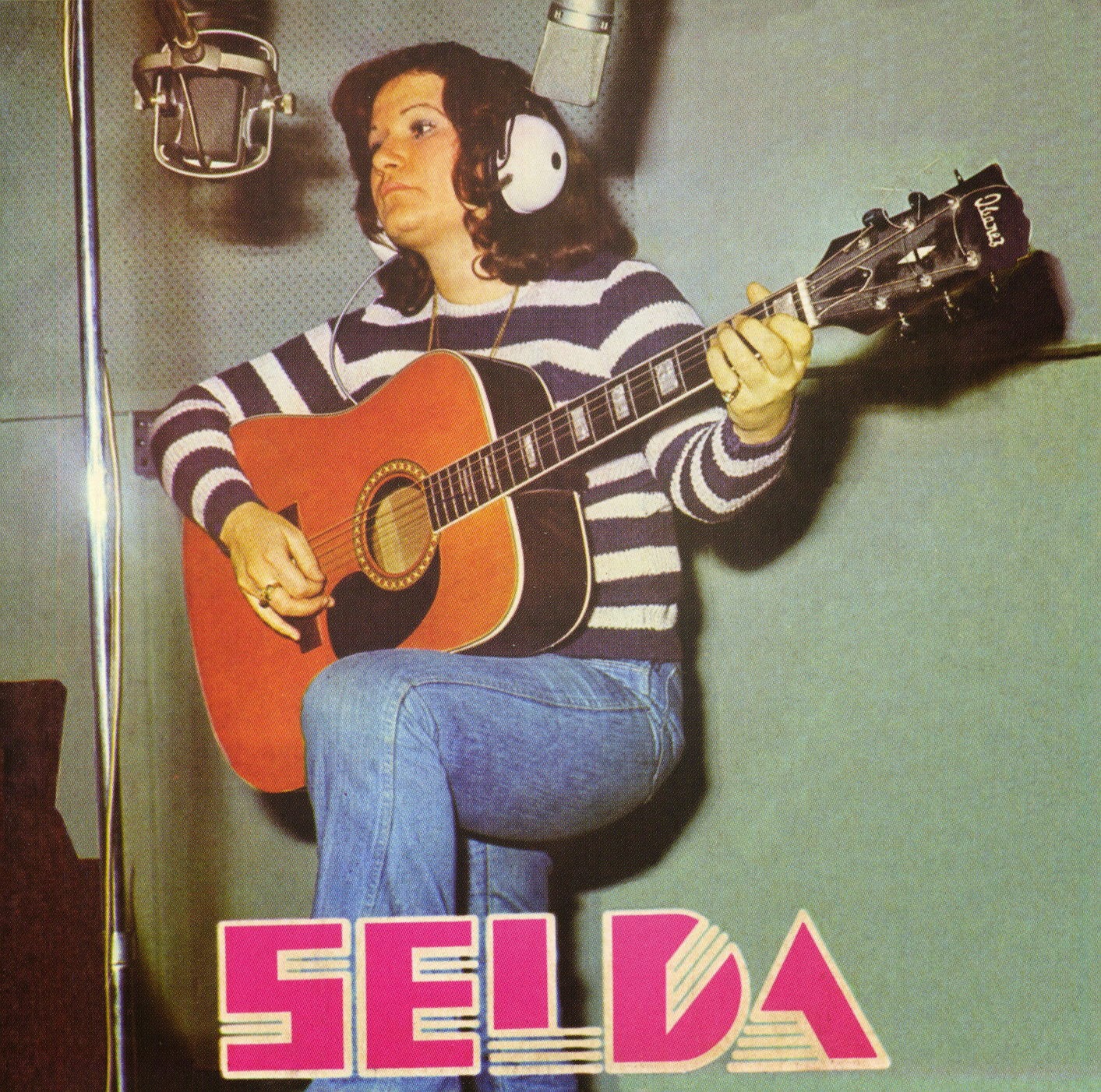I made this mix for ambient indoor listening, thinking about the last few moments of winter and a little bit of thawing for spring. It’s heavy on vocals, folk, and acoustic instruments, so it may be more of a background listen. If you like it, download it
here.
Tracklist:
1. 0:00 Arthur – Wintertime
2. 2:50 The Durutti Column – Sleep Will Come
3. 4:38 Bridget St John – Many Happy Returns
4. 6:51 Harold Budd – Albion Farewell (Homage to Delius, for Gavin Bryars)
5. 9:22 Connie Converse – There is a Vine
6. 10:54 Woo – Taizee (Traditional)
7. 13:06 Unknown – Pumi Song
8. 14:13 John Jacob Niles – Go ‘Way From My Window
9. 16:27 Clara Rockmore – The Swan (Saint-Saëns)
10. 19:19 Lewis – Like To See You Again
11. 23:41 Unknown – IV
12. 25:39 Patti Page – The Tennessee Waltz
13. 28:32 Gigi Masin – Parallel Lines
14. 30:57 Yasuaki Shimizu – Suite No. 2: Prélude (Bach)
15. 34:55 Donnie & Joe Emerson – Love Is
16. 37:55 Rosa Ponselle – The Nightingale and the Rose (Rimsky-Korsakov)
17. 41:11 Henri Texier – Quand Tout S’arrête
18. 42:43 Molly Drake – I Remember
19. 45:41 Virginia Astley – Sanctus
20. 47:40 Nico – Afraid
21. 51:11 Arthur Russell – A Sudden Chill








